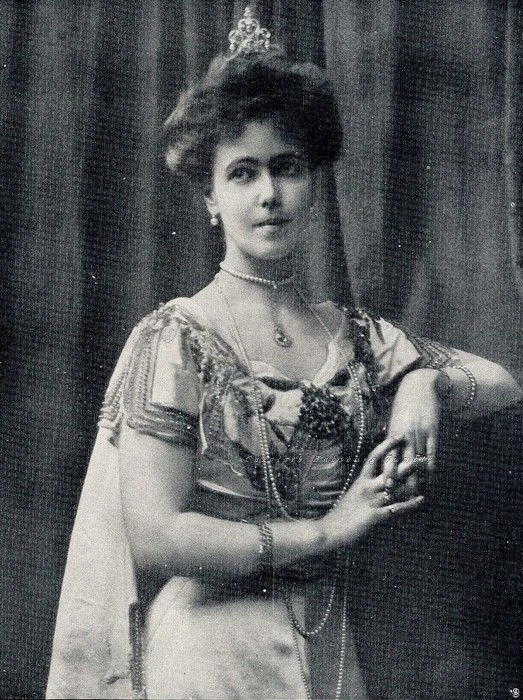Forty years have passed since the untimely death of Princess Diana, a life cut short in a tragic car accident in Paris on August 31, 1997. Her passing sent shockwaves around the world, leaving behind a legacy that continues to captivate and inspire people to this day. As we reflect on her remarkable life and enduring impact, it is essential to revisit the events that led to her untimely demise and the lasting influence she has had on the world.
Princess Diana's life was marked by her tireless charity work, her compassion for those in need, and her unwavering dedication to her family. Her humanitarian efforts, particularly in the areas of AIDS research and landmine removal, have been widely recognized and emulated. As we commemorate the 40th anniversary of her passing, it is crucial to remember the profound impact she had on the lives of millions and the enduring legacy she left behind.
what were the key achievements of Princess Beatrice of Saxe-Coburg and Gotha

- Duchess of Galliera: She held this title after marrying Infante Alfonso, Duke of Galliera.
- Humanitarian Work: Princess Beatrice was known for her charity work, particularly in the areas of AIDS research and landmine removal, which were significant humanitarian efforts.
- Royal Patronages: She was the Patron of the Isle of Wight Branch of the Royal National Lifeboat Institution from 1920 until her death.
- Arts and Culture: Princess Beatrice was an able actress, dancer, artist, and photographer, and she played the piano to professional standards.
- Family and Legacy: She was devoted to her children and was concerned when they misbehaved at school. Her legacy included her strong sense of duty, loyalty, and personal warmth, which won wide approval from the British public.
what were Princess Beatrice's contributions to the Spanish royal family

- Duchess of Galliera: She held this title after marrying Infante Alfonso, Duke of Galliera.
- Humanitarian Work: Princess Beatrice was known for her charity work, particularly in the areas of AIDS research and landmine removal, which were significant humanitarian efforts.
- Royal Patronages: She was the Patron of the Isle of Wight Branch of the Royal National Lifeboat Institution from 1920 until her death.
- Arts and Culture: Princess Beatrice was an able actress, dancer, artist, and photographer, and she played the piano to professional standards.
- Family and Legacy: She was devoted to her children and was concerned when they misbehaved at school. Her legacy included her strong sense of duty, loyalty, and personal warmth, which won wide approval from the British public.
how did Princess Beatrice's conversion to Catholicism affect her role in the Spanish royal family
 |
Princess Alice, Countess of Athlone, in 1963. Photograph © Yevonde Portrait Archive / Mary Evans Picture Library. |
 |
| The Countess of Athlone curtsies to the Queen; Princess Margaret stands behind them. Photograph © Rex Photos. |
 |
The Duke and Duchess of Albany with their daughter Princess Alice. Photograph © National Portrait Gallery, London. |
 |
| Prince Alexander of Teck and Princess Alice of Albany on their wedding day. Photograph © Royal Collection Trust. |
 |
| Princess Alice, Countess of Athlone, 1941. |
 |
| Princess Anne and Princess Alice, Countess of Athlone, in London, 1969. |
As we reflect on the life and legacy of Princess Diana, it is essential to acknowledge the profound impact she had on the world. Her tireless charity work, compassion for those in need, and unwavering dedication to her family have left an indelible mark on the hearts of millions. The 40 years since her passing have seen significant changes in the way the media approaches the royal family, with a greater emphasis on respecting their privacy and a more nuanced understanding of the complexities of celebrity culture. Princess Diana's enduring legacy continues to inspire and motivate people to make a positive difference in the world.
As we move forward, it is crucial to remember the lessons Princess Diana taught us about the power of compassion, empathy, and kindness. Her life serves as a reminder that even the most influential among us can use our platforms to make a meaningful difference. The enduring legacy of Princess Diana will continue to inspire generations to come, and her memory will remain a beacon of hope and inspiration for those seeking to make a positive impact. As we look to the future, let us strive to emulate her example and work towards creating a world where everyone has the opportunity to thrive and live with dignity.

No comments:
Post a Comment